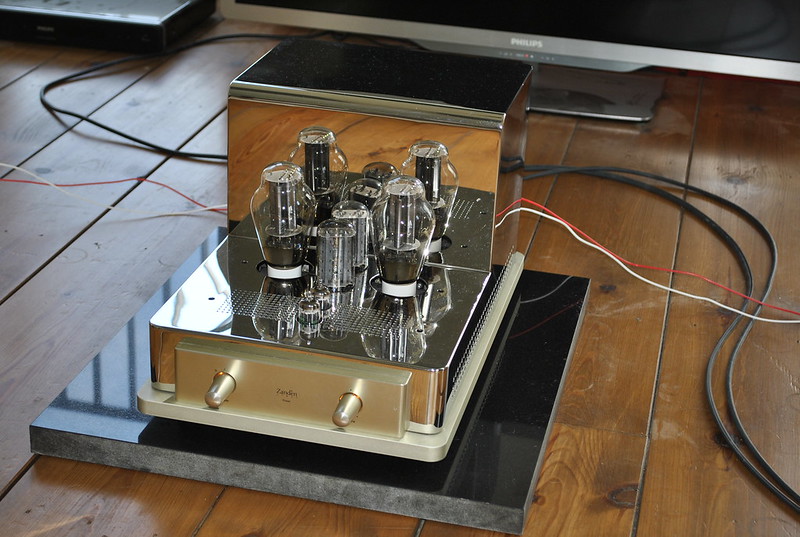Here's the elephant in the room: Skipping over source switching for a moment, if the ideal preamp is a gain stage and a volume control that boosts the signal sufficiently and puts out the proper impedance, while adding nothing else, what's in the $140K pre above? Or even a $10k pre? There are at least a couple of companies who manage to put this functionality, with extremely (inaudibly?) low "adding" inside their DACs and sell them for a fraction of that kind of money.
What else is an esoteric preamp doing for a living?
Tim
What else is an esoteric preamp doing for a living?
Tim
















